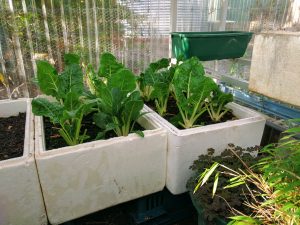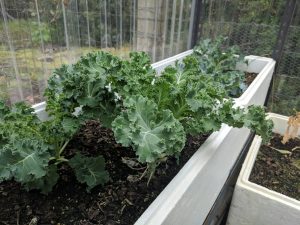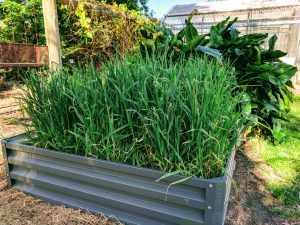Spring is here! Now that the weather is finally starting to warm up, it’s time get out into the aviary and get everything ready for the upcoming breeding season. In this post, we look at 8 maintenance tasks to tackle to get your flock into prime breeding condition.
1. Replace or clean perches
Perches are a significant vector for parasite and disease transmission in the aviary. Some birds poop on them, and then other birds chew on them or use them to wipe their beaks. It’s a recipe for disaster.
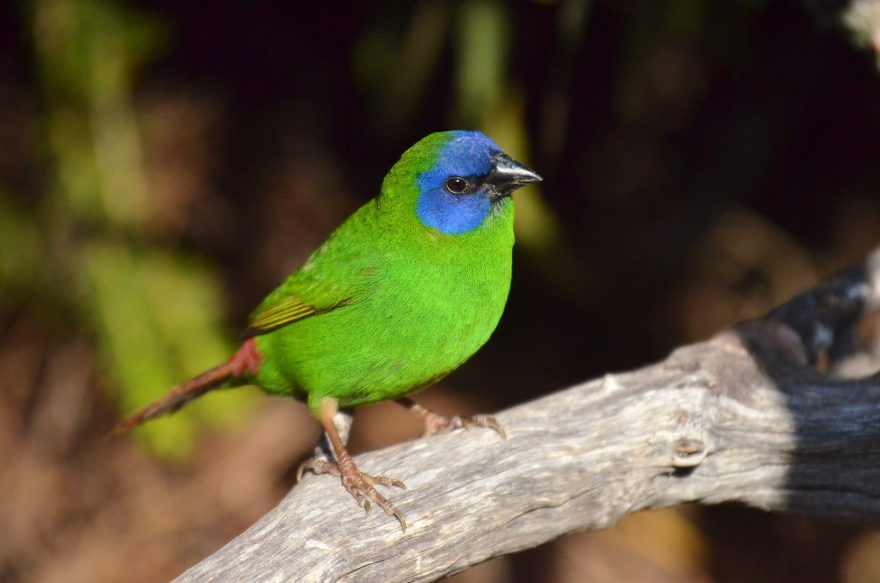
If you’re using natural perches, spring is the perfect time to throw the old ones in the greenwaste bin and get some new ones from a nearby tree. If you’re keeping the old ones, just give them a good clean to remove any parasites. There are commercial perch cleaning products available, but a bit of warm water and detergent will do just as good a job.
2. Prevent worms and parasites
Parasites such as mites, lice, and worms reproduce most prolifically in spring. The damp dirt and warming weather presents the best opportunity they’ll have all year to establish themselves in your aviary.
There’s a lot of debate among bird keepers regarding how often to worm, and which products to use. I recommend worming four times a year (whenever the season changes) using 5ml/litre of Moxidectin Plus.
3. Clean aviary substrate
Bird droppings, discarded food, and old nesting material can build up on the aviary floor over winter. The rain and moisture can create fertile breeding grounds for bacteria, parasites, fungus, and a slew other unwanted things—especially as the weather starts to warm.
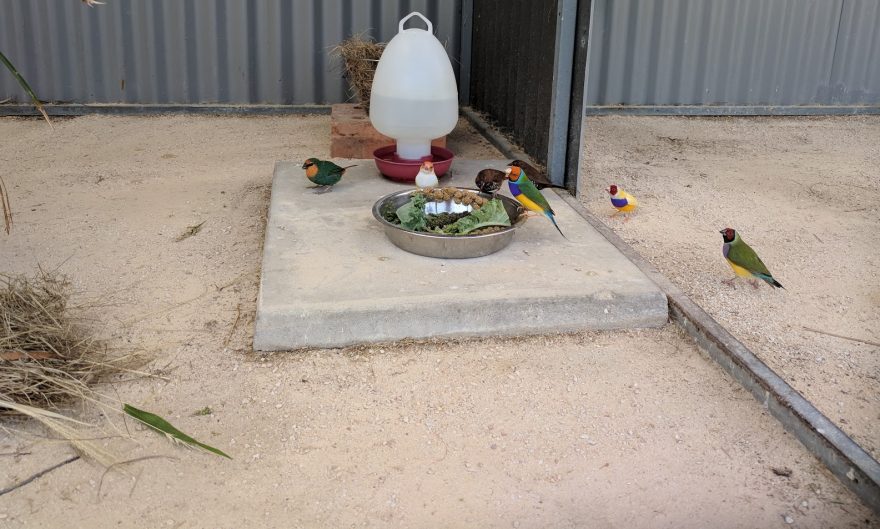
At the beginning of spring, I completely scrape the aviary floor clean and lay down a thin layer of sand on top of the concrete. A quarter-tonne of paving sand from the local garden supplies shop only costs around $15, and will cover my 240sqft aviary with fresh sand half a dozen times.
4. Form breeding pairs
The overwhelming majority of aviary birds will start breeding in the next couple of months. If you haven’t already done so, now is the last chance you’ll have to pair up birds you want to breed in spring.
Now is the time to source replacements for any birds lost over the winter, remove old or sick birds from the breeding aviaries, and pair up the best of last season’s young. Some birds take a long time to accept a new mate, so doing this as early as possible is essential.
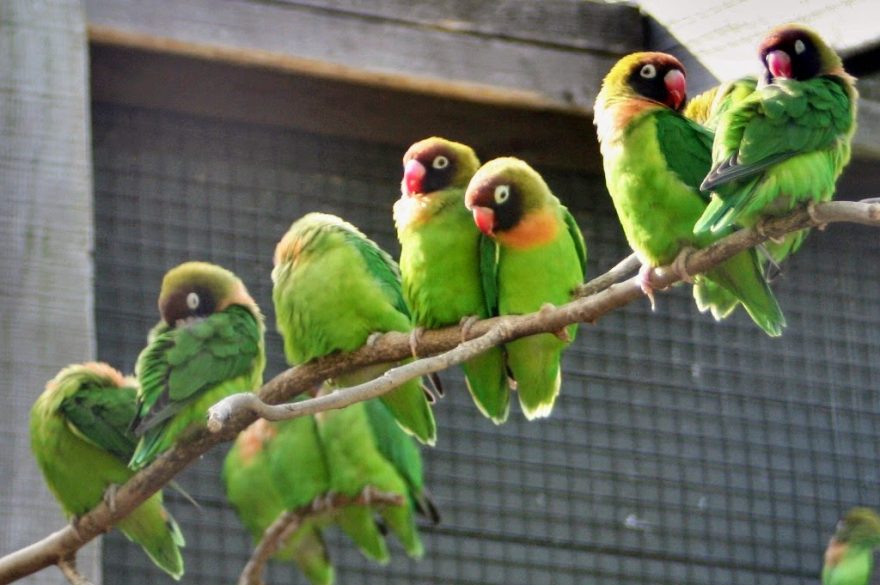
5. Apply insecticides
Insects—particularly ants—can cause a lot of issues in an aviary. They can spread diseases and parasites, muck up food supplies (particularly lorikeet food), and kill chicks in the nest.
Now that the weather is getting less wet and humid, residual insecticides will become effective again. It’s a great time to spray the aviary ground and nesting areas with a product like Coopex, which kills insects that come into contact with it for several weeks, but has no effect on birds. Just keep it out of the food and water.
6. Plant greens and grasses
Spring is the best time of year to get the veggie patch into gear and producing bird food. Silverbeet, kale, endive, Lebanese cucumber, and almost all of the seeding grasses can be planted this time of year, and many will be ready to harvest during the peak breeding season in October.
Any quality seed mix planted into garden beds or pots should provide you with a steady supply of green seed heads. I’ve found red pannicum and small parrot mixes provide the best seed heads for our finches and Neophemas. If you have a greenhouse, you can turbocharge the speed at which you can produce leafy greens and seeding grassed.
7. Clean nests
Some people remove nests from the aviaries in the cooler months to discourage winter breeding, when birds are weaker and more prone to egg binding. If that’s you, they should now be put back into the aviary so the birds can commence nest building.
If you’re like me, and keep the nests in the aviary all year round, now is the perfect time to give them a good clean. Remove any old and soiled nesting material, clear droppings from the external surfaces, and give them a spray with a bird-safe residual insecticide.
8. Provide fresh nesting material
If you keep birds that prefer to construct their own nests, now is the time to offer new nesting material. Anything left on the damp aviary floor over winter should be discarded, and fresh material should be provided.
For finches, provide fine dried grass (my favorite is swamp grass) and emu feathers. With small parrots, like lovebirds, you can’t go wrong with some straw and palm fronds.
